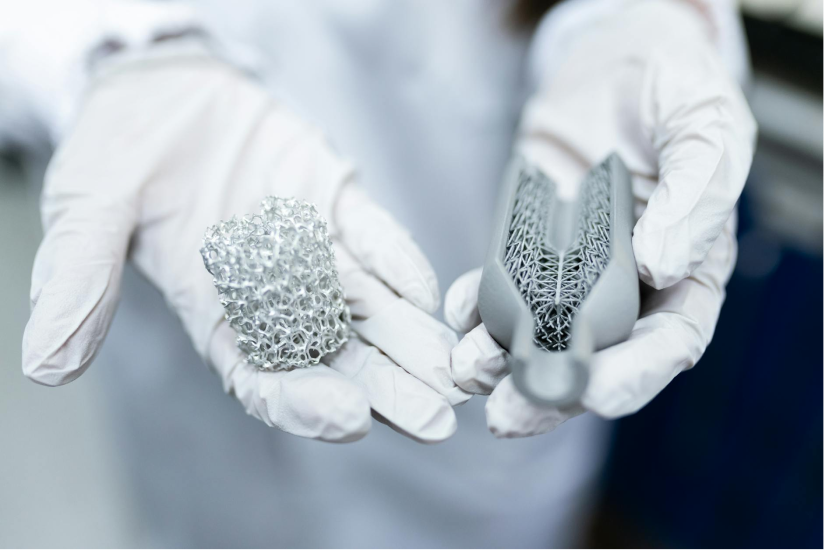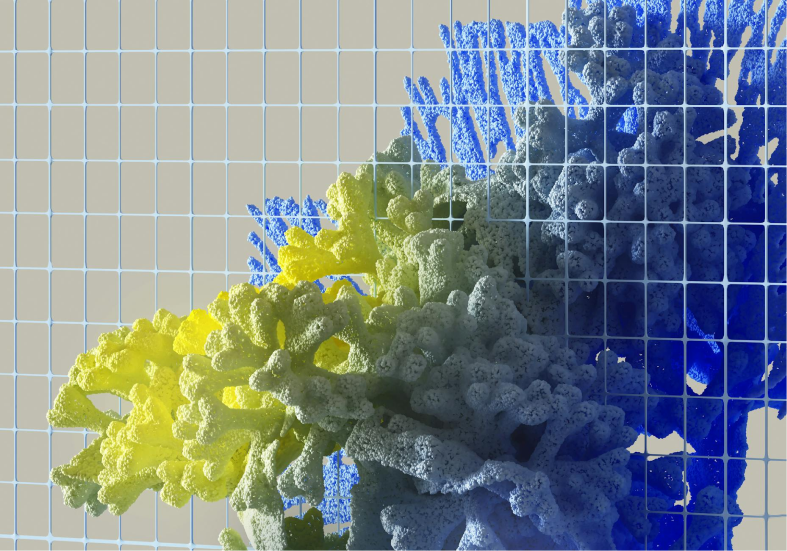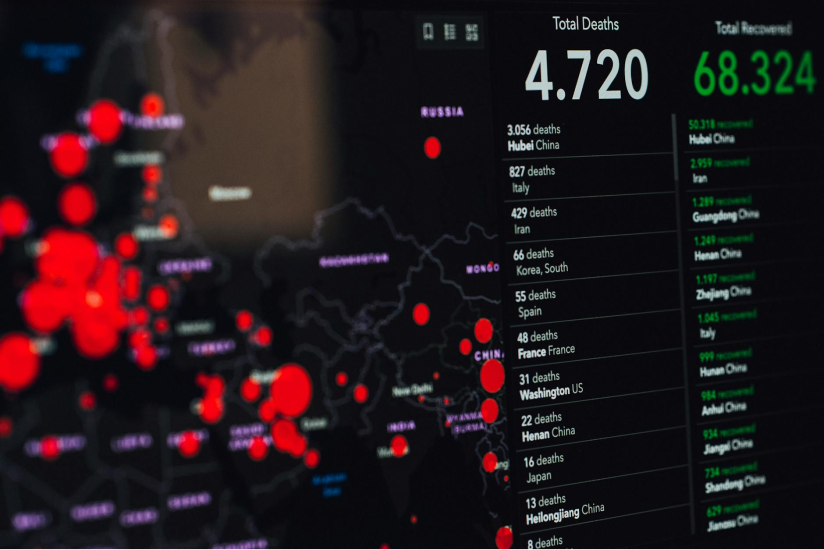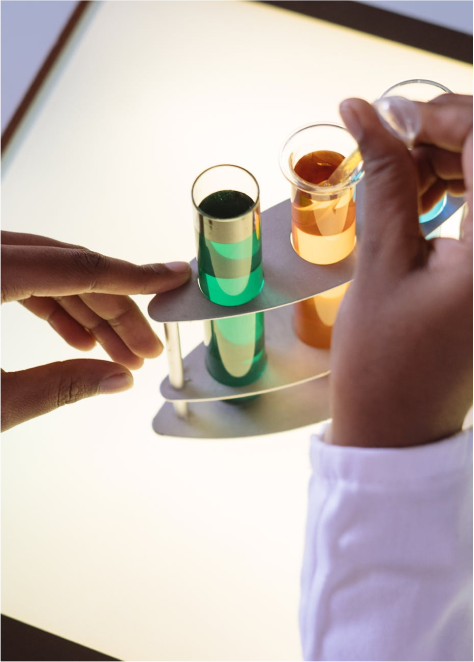3D imaging using advanced microscopy techniques involves acquiring and computationally reconstructing high-resolution volumetric data from multiple focal planes or angles, enabling detailed visualisation of complex structures in three dimensions.
Go to pageDigitized development of sustainable soft materials through 3D imaging and simulation
The concept
CoSiMa is a material development platform that integrates simulations of structure-dependent material functions in both real and virtual 3D structures. By integrating advanced imaging, in silico design, and mass transport simulations, CoSiMa uncovers the intricate relationship between material structure and transport behaviour.
What we offer
This comprehensive toolkit supports researchers and engineers in exploring how liquids interact with surfaces and behave in complex environments. It enables visualisation and analysis across scales, from nanoscale to macroscale – facilitating the optimisation of material designs and the prediction of real-world performance.
By minimising the reliance on costly physical experiments and accelerating development cycles, CoSiMa has the potential to drive innovation and advance the creation of smarter, more efficient and sustainable material solutions.
Structure analysis is the process of determining the structure of a material. This can include techniques such as X-ray diffraction, electron microscopy, and other methods to determine the atomic and molecular structure of a material.
Go to pageComputer simulations are used to model the behaviour of materials at the atomic and molecular level. This can include techniques such as molecular dynamics, density functional theory, and other methods to simulate the behaviour of materials under different conditions.
Go to pageExperimental validation is the process of testing the results of computer simulations and other theoretical models. This can include techniques such as spectroscopy, microscopy, and other methods to validate the behavior of materials under different conditions.
Go to page3D Imaging
3D imaging using advanced microscopy techniques involves acquiring and computationally reconstructing high-resolution volumetric data from multiple focal planes or angles, enabling detailed visualisation of complex structures in three dimensions.
Go to pageDigital Structure Analysis
Structure analysis is the process of determining the structure of a material. This can include techniques such as X-ray diffraction, electron microscopy, and other methods to determine the atomic and molecular structure of a material.
Go to pageComputer Simulations
Computer simulations are used to model the behaviour of materials at the atomic and molecular level. This can include techniques such as molecular dynamics, density functional theory, and other methods to simulate the behaviour of materials under different conditions.
Go to pageExperimental Validation
Experimental validation is the process of testing the results of computer simulations and other theoretical models. This can include techniques such as spectroscopy, microscopy, and other methods to validate the behavior of materials under different conditions.
Go to pageImplementations
The methods developed in CoSiMa have been applied to several industrial applications involvind many types of materials. Explore them below.
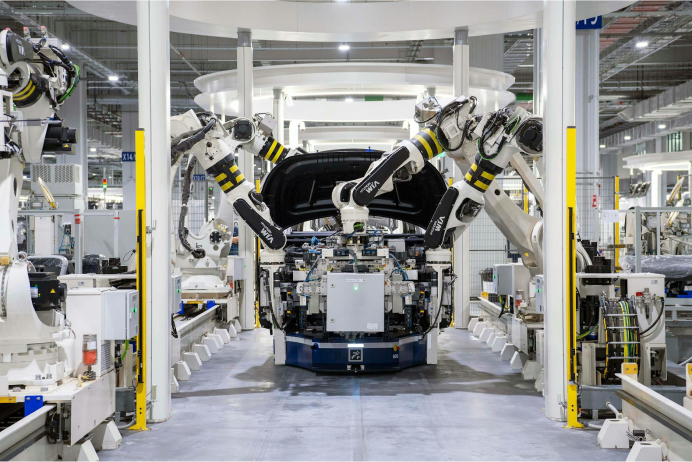
Breathable Films
Breathable films in hygiene products like diapers and pads regulate moisture and comfort through the…
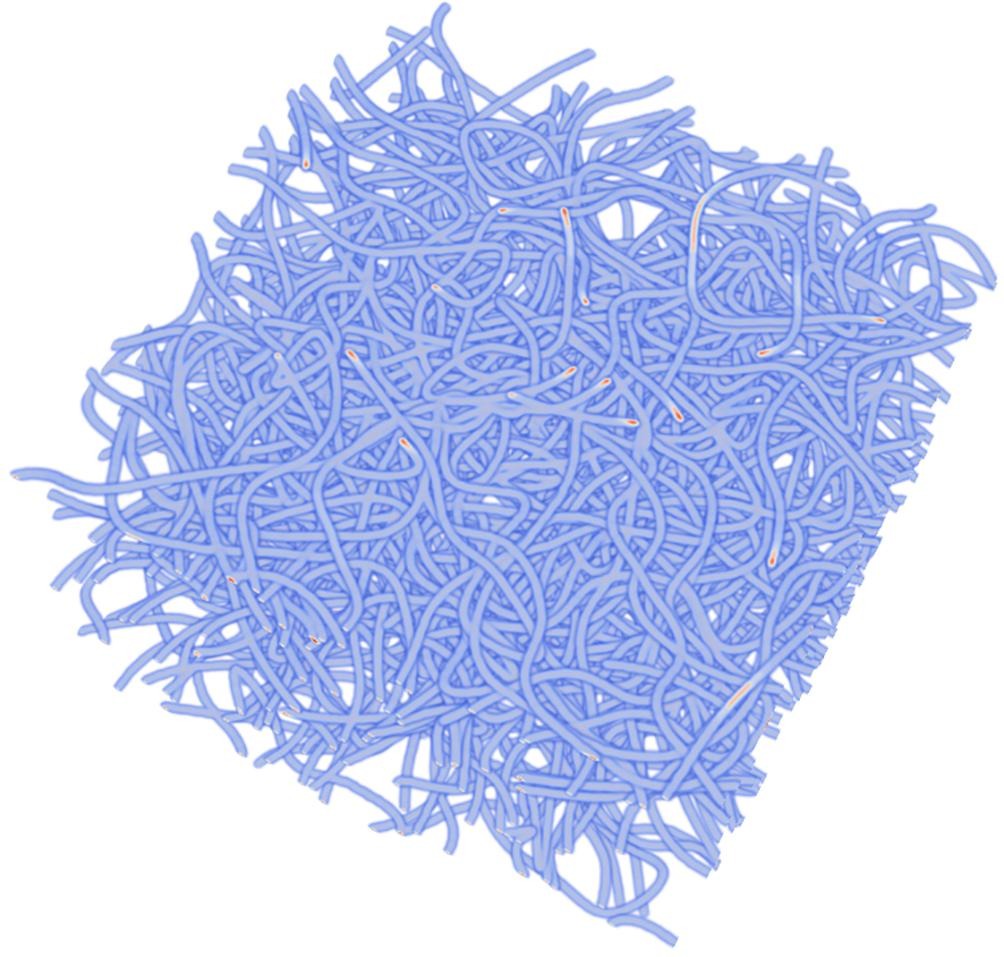
Fiber Structures
Fibrous materials control liquid flow and retention through their microstructure and fiber design….
